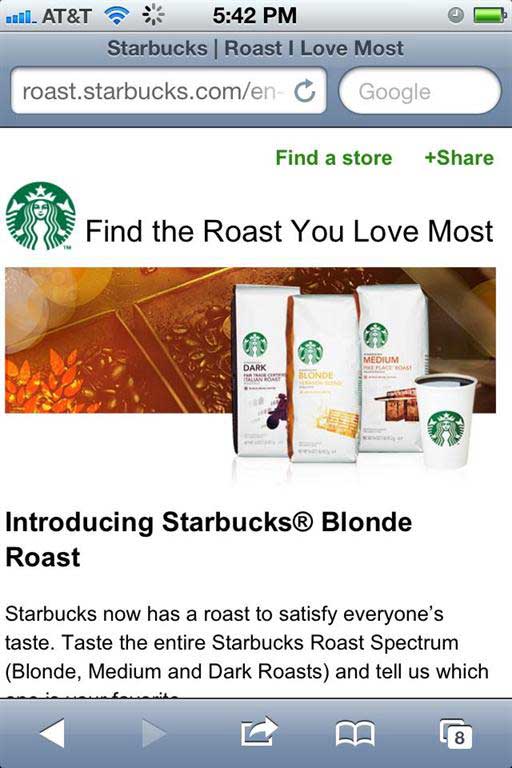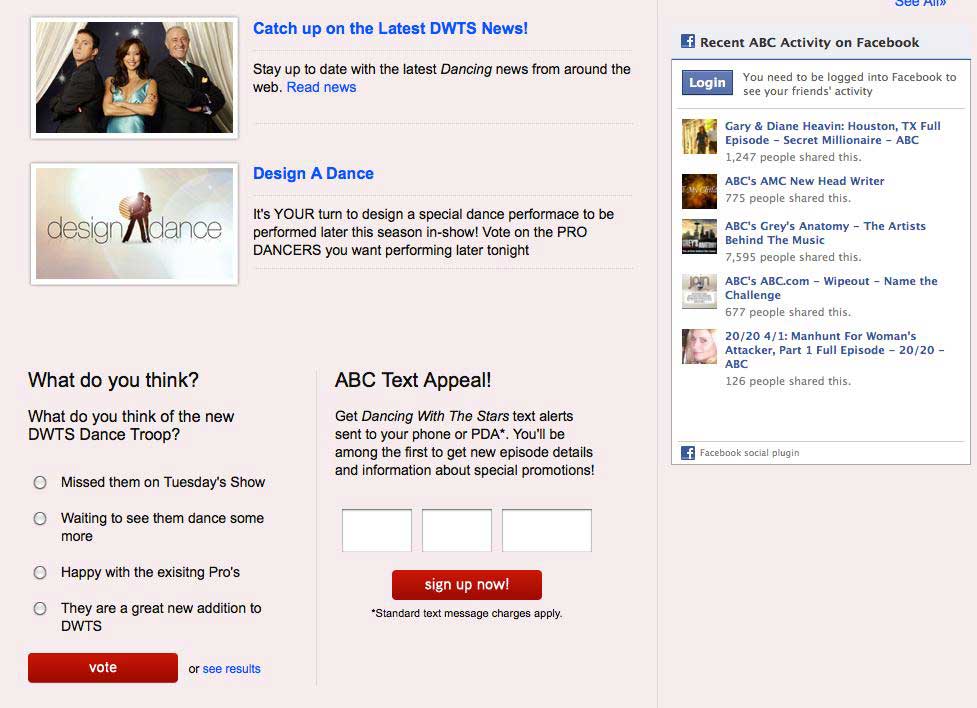Like any marketing campaign, a mobile marketing campaign can be well thought out, meticulously planned, and perfectly functional... but still produce limited user engagement.
Why? A subpar call to action.
A call to action is the sole bridge between consumers and content; therefore, it is a key component of your campaign—and the campaign's return on investment (ROI).
To achieve success with this crucial piece of the mobile marketing puzzle, include the following five must-have elements in your mobile calls to action to ensure that you effectively engage your intended audience.
1. Describe the incentive
With a mobile marketing call to action, a brand is essentially asking a person to do something (e.g., "Scan This QR Code" or "Text a Keyword to a Short Code").
Though early adopters of technology may engage with mobile for technology's sake, the mainstream public will not. Thus, marketers have to provide and describe the incentive for consumers to take an action that a brand desires. The difference between the engagement generated by "Scan this QR code" and "Scan this QR code to receive 15% off your next purchase" is obvious.
But such calls to actions are not just about providing value. They're also about establishing trust, which is why nonmonetary incentives can be just as valuable. The key is understanding a campaign's goals and adjusting the incentive accordingly. Bottom line: The better the incentive, the higher the engagement level... but, also, the higher the cost of customer acquisition. Regardless of the type of incentive, however, include it and articulate it in your call to action to generate maximum engagement.


In contrast to the Whole Foods QR code (left), the more effective Home Depot QR code(right) clearly spells out why consumers should engage.
2. Eliminate potential user-error obstacles
One of the biggest missed opportunities for mobile marketers is a customer's inability to engage because she cannot figure out how. That issue is especially troubling for mobile. Because of its inherent interactivity and immediacy, mobile requires a seamless user experience from the beginning.
Some classic examples to avoid are QR codes in areas without cell service, overly complex mobile website links, and SMS calls to action with easily misinterpreted characters. A good rule of thumb is to test calls to action not only in the eventual contextual environment but also on people with varying degrees of technological aptitude.

I guarantee that consumers will not try more than once to figure out whether to include the quotation marks around "GAS" or the asterisk after 88788 as they type this SMS call to action into their phones.
3. Optimize for mobile user experience
One central challenge for mobile marketers is effectively providing content for the myriad of devices and operating systems consumers use daily. To address that challenge, focus on creating a mobile-specific user experience.
The baseline best-practice for mobile-specific content is to provide a mobile-optimized website for any campaign that directs users to the Web. Otherwise, users will become easily frustrated with content that wasn't designed for their device.
Beyond optimizing mobile Web pages, provide at least two entry points for each mobile call to action so that consumers can engage with a campaign in the way that they choose or that their phones can handle. For example, you can couple an SMS call to action with a QR code or non-app URL in addition to a mobile app download link.
Furthermore, brands should automatically direct consumers to specific content depending on collected data. Two examples are sending/redirecting content according to carrier (short-code messaging detects the carrier automatically) or according to operating system, which can be detected once an Internet connection is established with consumers engaging via the mobile Web.
Finally, include any regulator-mandated compliance language. For example, SMS marketing messages need the standard "Message and Data Rates May Apply" language. Mobile email marketing messages, on the other hand, need to include opt-out instructions.
Because mobile marketing is an emerging channel, you must stay abreast of the latest trends and follow the rules. Ask if you don't know or aren't sure what those are, and contact third-party organizations such as the Mobile Marketing Association or CTIA with specific questions.

A mobile-optimized website provides a seamless mobile experience.
4. Think through a compelling user flow
The key to remember about mobile is that you are not marketing to a device. You are marketing to a person via a device. Effective campaigns provide an experience that feels in sync with a larger cross-channel marketing strategy, not a disparate piece of an unfinished puzzle.
Some calls to action fail in this area because they drive consumers to a website—but that's it. Others fail because they use online mobile sign-up forms that don't capture additional targeting metadata such as ZIP code, birth date, or gender.

This mobile sign-up form asks only for mobile numbers, preventing the brand from capturing valuable targeting insight upon opt-in.
Remember, mobile is a customer-lifetime value play (i.e., the goal is to interact and engage with consumers over time). Trying to maximize value for a one-off campaign will never generate the level of success that using mobile to develop an ongoing, interactive conversation over time will.
5. Find a personality
If you've included the above four components, your mobile call to action will be well on its way toward success. The final piece of the puzzle is establishing a brand presence or pizazz within the call to action. The best way to do that is to peruse other brands' calls to action* and understand what has worked, what hasn't worked, and what you like and dislike.
Once you've grasped these concepts, you should be able to apply your brand's personality to your mobile calls to action. Remember, mobile is part of your brand's overall marketing strategy, not a siloed entity that is treated differently from other media. The best brands have a personality that pervades everything they do. Creating a personality (if you need a starting point, just think about your core competence) is crucial for mobile success and maximum ROI.
*I created the Art of the CTA site to be a learning resource.



